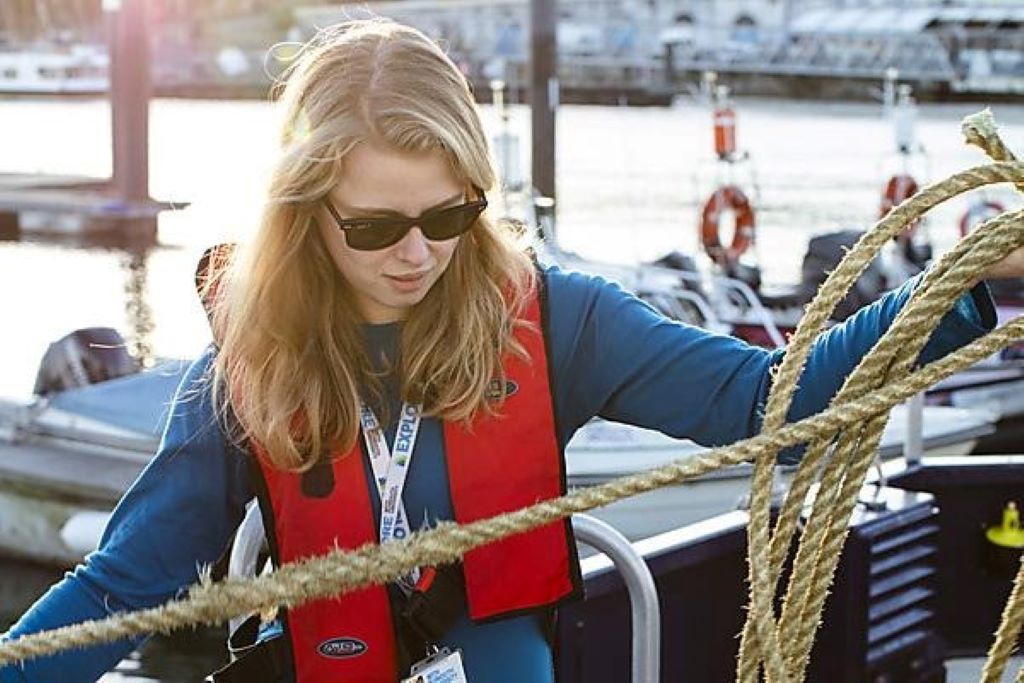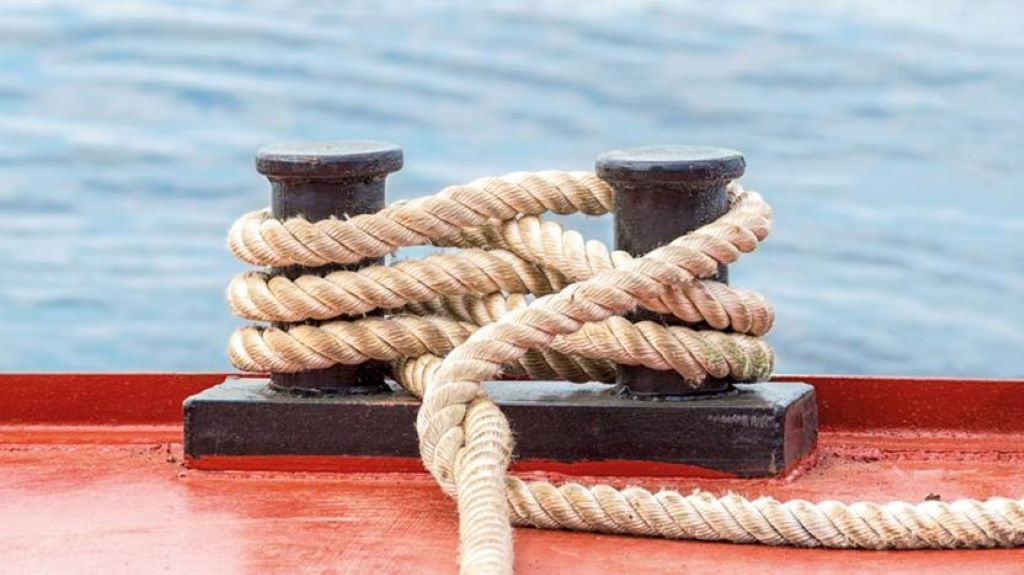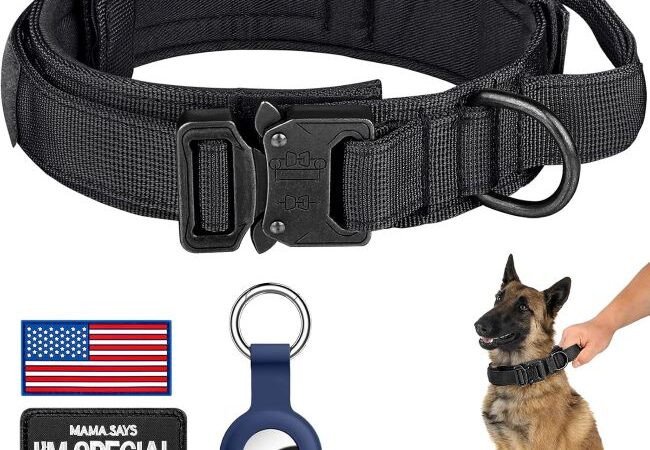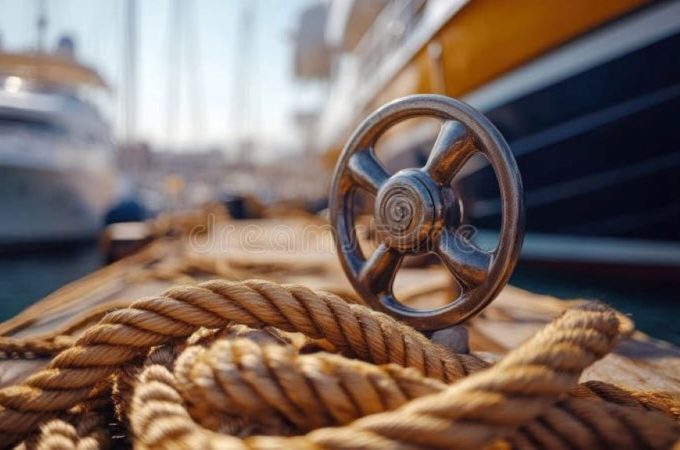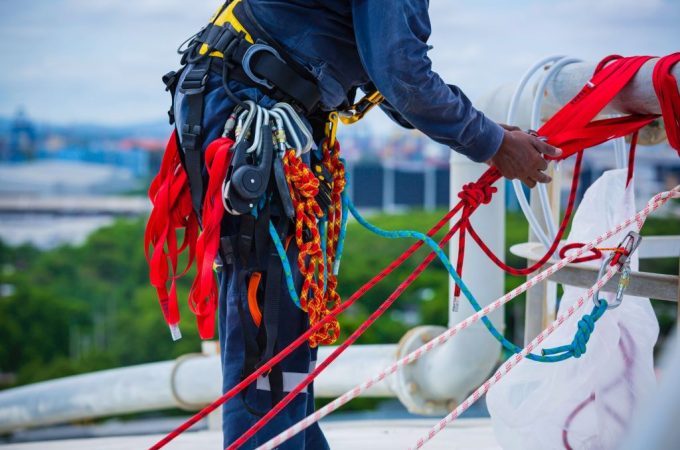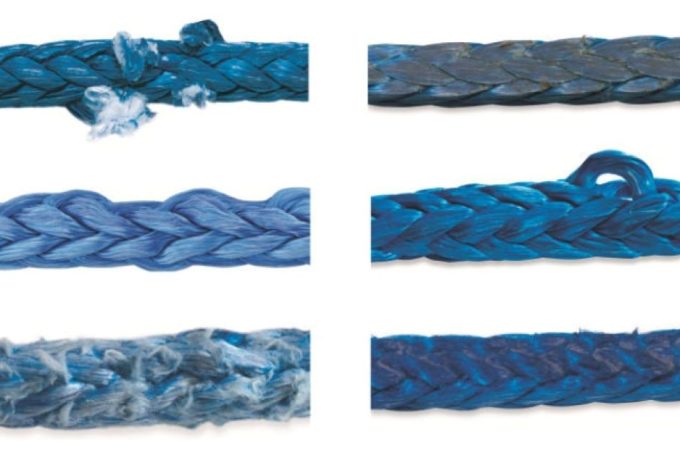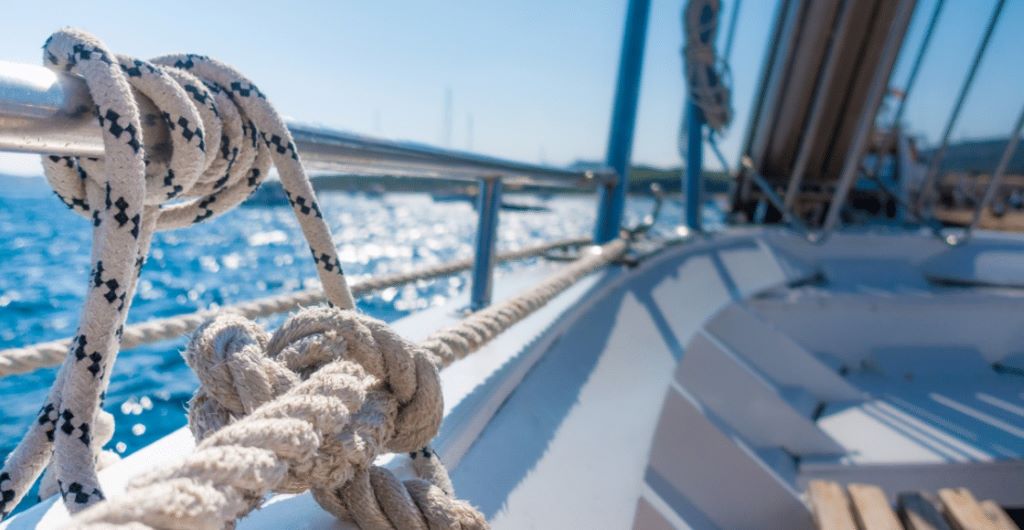
The Science Behind Rope Failure in Marine Environments
Saltwater doesn’t just rust metal — it destroys ropes. Every year, marine rope failure causes thousands of dollars in damages, delays shipping operations, and jeopardizes lives. But why does this happen? The answer lies in a combination of science, environmental factors, and usage practices that most industries overlook. Understanding the science behind rope failure in marine environments can help prevent accidents and improve safety and efficiency at sea.
Contents at a Glance
ToggleWhy Do Marine Ropes Fail?
Marine ropes operate in one of the harshest environments on Earth. Exposure to salt, UV rays, abrasion, biological organisms, and constant tension pushes even the strongest materials to their limits. While synthetic ropes such as nylon, polyester, and polypropylene dominate the marine industry, each type behaves differently under stress.
-
Saltwater Accelerates Material Fatigue
Saltwater is an aggressive corrosive agent. For synthetic ropes, it doesn’t cause rust, but it penetrates fibers and weakens the molecular structure over time. Nylon, while known for its elasticity and strength, absorbs water and loses up to 15% of its tensile strength when wet. In contrast, polyester resists water absorption better but degrades faster under UV exposure.
A 2022 study published in the Journal of Materials in Civil Engineering found that synthetic ropes exposed to continuous salt spray lost up to 30% of their strength in just six months.
-
UV Radiation Breaks Down Rope Integrity
UV rays damage the polymer chains in synthetic fibers, making them brittle and prone to snapping. This is particularly problematic in tropical climates where ropes are exposed to high UV levels year-round. The outer sheath of ropes may appear intact, but the internal core can degrade silently.
This hidden damage leads to sudden failures — often when the rope is under the highest load. Sailors, tug operators, and marine engineers often mistake external appearance for performance. That’s a dangerous assumption.
-
Tension Cycling Causes Micro-Fractures
In marine applications, ropes are rarely under static loads. They experience repeated loading and unloading due to wave action, vessel movement, or towing resistance. This tension cycling leads to internal friction, which creates heat and micro-fractures.
Over time, these tiny breaks multiply, weakening the rope from within. According to marine safety specialists, over 70% of mooring line failures happen without warning, not because of visible wear, but due to internal fatigue.
-
Abrasion from Contact Surfaces
Every time a rope rubs against a cleat, bollard, or edge of a vessel, it experiences abrasion. In the marine world, even stainless steel surfaces develop rough edges from salt corrosion. These micro-tears on the rope surface act as initiation points for major failure.
High-performance ropes with protective coatings help reduce this, but nothing is immune to abrasion in the long run. Proper routing and use of fairleads can reduce friction, but not eliminate it.
-
Biological Degradation Adds Another Layer of Risk
Algae, barnacles, and microbial organisms cling to ropes immersed in seawater. These organisms secrete acids and other enzymes that can erode rope fibers. Natural fiber ropes are most vulnerable, but even synthetic materials can become compromised over time.
Marine biologists studying ropes left underwater for extended periods have found biofilms that eat into rope coatings, reducing water resistance and creating localized weakness zones.
What Are the Real-World Impacts?
- Economic Losses: The U.S. maritime industry faces an estimated $500 million in losses annually due to rope-related equipment failure .
- Operational Delays: Failed mooring lines often result in hours of downtime, rerouting, and port congestion.
- Human Safety: A snapping rope can whip back at over 100 mph — often fatally. The U.S. Coast Guard reports multiple fatalities each year from rope recoil incidents.
Solutions to Reduce Rope Failure at Sea
-
Choose the Right Material for the Job
Not all ropes are created equal. Nylon is great for shock absorption but poor for wet environments. Polyester is UV-resistant but less elastic. For mooring lines, blended ropes combining multiple fibers can offer the best of both worlds.
-
Regular Rope Inspection and Rotation
Monthly inspections should be standard. Look for signs of discoloration, stiffness, or fraying. Rotate ropes on a schedule to ensure even wear across the system. Infrared cameras and tension sensors are now used by advanced fleets to monitor rope health.
-
Use Protective Covers and Chafe Guards
Chafe guards on high-friction areas can dramatically extend rope life. Likewise, UV-resistant coatings and sheaths protect ropes from environmental exposure. Investing in rope covers might seem expensive, but it’s far cheaper than a snapped mooring line.
-
Implement Smart Tension Management Systems
Modern vessels use hydraulic winches with load-sensing technology to prevent over-tensioning. These systems adjust automatically in rough seas, reducing stress cycling and internal wear.
-
Educate and Train Crew Members
Human error remains a key cause of rope failure. Crews should be trained on proper handling, knot tying, and tension limits. A well-trained deckhand is the first line of defense against catastrophic failure.
Featured Snippet: Why Do Ropes Fail in Marine Environments?
Ropes fail in marine environments due to a combination of environmental and mechanical stressors. Saltwater accelerates material degradation, UV rays weaken synthetic fibers, and constant tension cycling causes internal fractures. Abrasion from contact points and biological growth further compromises rope integrity. Even high-performance ropes can fail without warning if not properly maintained. Choosing the right rope material, inspecting regularly, and using protective gear are critical in preventing failures. These failures can lead to serious safety hazards, operational delays, and significant financial losses in the marine industries.
FAQs on Marine Rope Failure
- What is the average lifespan of marine ropes?
Depending on material and conditions, marine ropes last 1 to 5 years with proper maintenance. - How can I tell if a rope is about to fail?
Look for fraying, stiffness, discoloration, and irregular tension behavior during use. - Do natural fiber ropes last longer than synthetic ones?
No. Natural fibers degrade faster in marine environments due to biological attacks and water absorption. - Can protective coatings really make a difference?
Yes. UV and abrasion-resistant coatings can extend rope life by up to 40%. - How do I dispose of old marine ropes?
Recycle if possible. Some companies now repurpose synthetic ropes into construction materials. - Are there smart ropes with sensors?
Yes. Some ropes now include embedded sensors that monitor tension, temperature, and strain in real time. - What type of rope is best for mooring a boat?
Blended ropes (nylon-polyester) are ideal for balancing stretch and durability in mooring applications.
Final Thought
Marine rope failure isn’t just a technical issue — it’s a human safety and economic concern. Knowing the science behind rope degradation arms you with the tools to prevent it. Every ship, dock, and offshore rig should prioritize rope health with the same urgency as engine maintenance. If you want longer-lasting ropes and safer operations, it starts with smart choices and regular upkeep. Related Topics: Docked and Loaded: The Untold Power of Marine Ropes
Take action today — inspect your lines, upgrade your materials, and educate your crew. The sea is unpredictable, but your rope safety doesn’t have to be.

